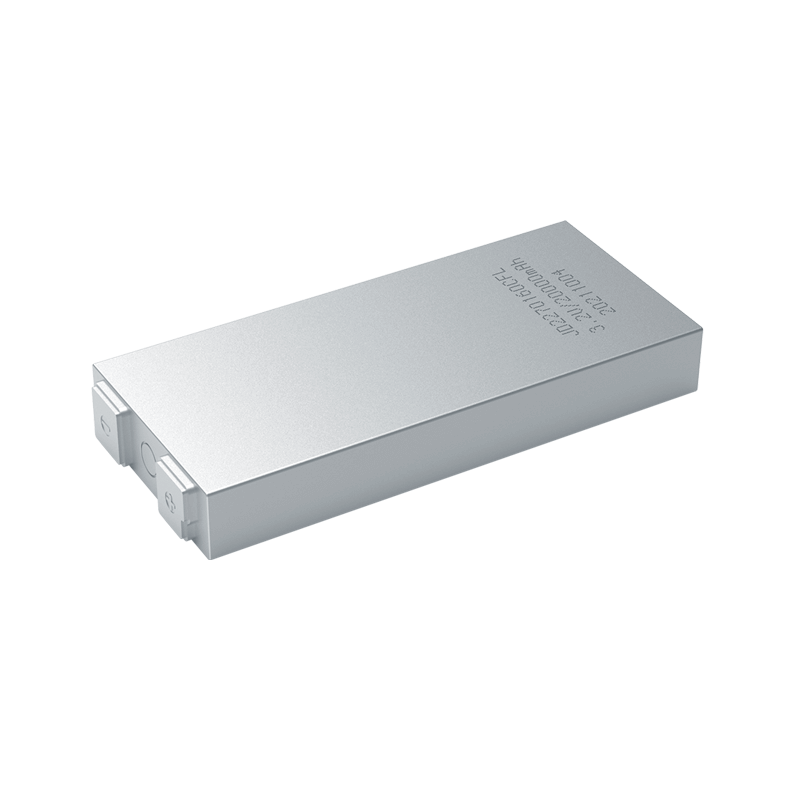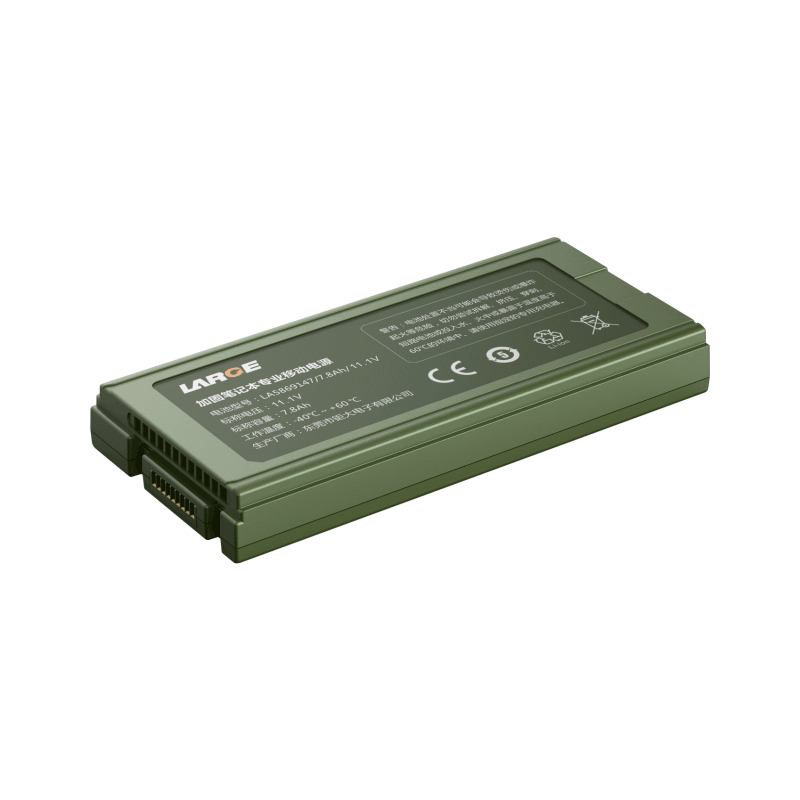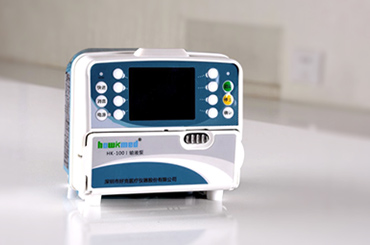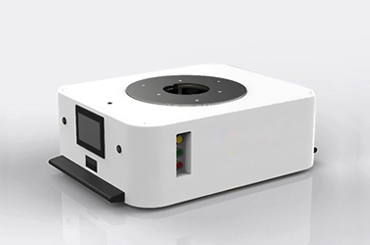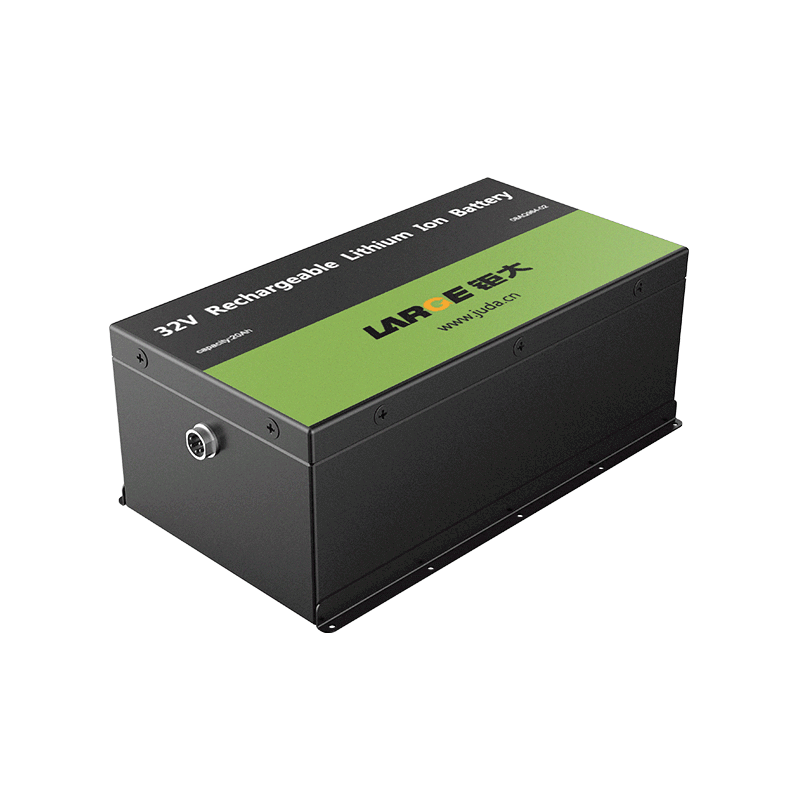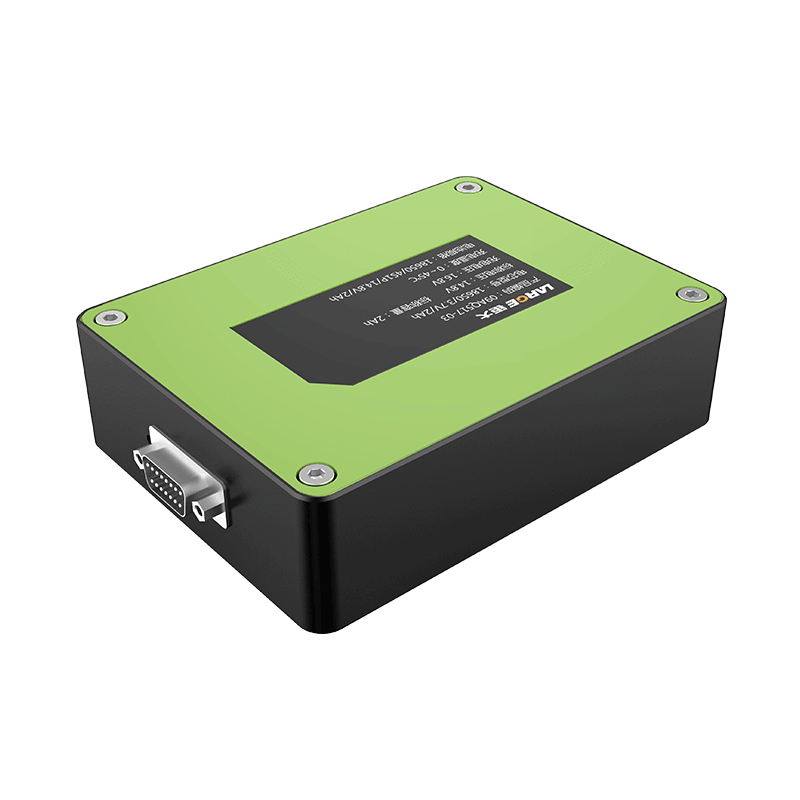-
How do you check if your car battery needs replacing?
-
How do you use a multimeter to test a battery?
-
How do you protect your battery health?
How to Test if Battery is Bad: Introduction,Multimeter and Protection
Jan 18, 2021 Pageview:1230
Car batteries are an important asset of the car. Without the battery, there is little or no no chance at all for the engine to start. Due to its importance, it’s best for us to regularly maintain car batteries so that they can last as long as possible. But what if it needs replacing? Don’t worry, because in this article, we will tell you how to replace car batteries in the best ways possible.
How do you check if your car battery needs replacing?
There are many ways you can see to confirm whether your car battery needs replacing or not. Here are seven of those signs.
1. Light That isn’t Bright and Electrical Issues
The reason why the light and other parts of the engine work is because of the energy that is given by the battery car. So if the battery car is losing its energy, some of the things that are fully up and running will eventually lose its full performance. From the light that is less bright, to the slower engine, all can be caused to bad car battery, when you’re starting to have electrical issues and dimmer light, it’s time to open up and check every part of the engine, including the battery.
2. Slow Start
People will slowly grow old and have less energy, and the same goes with batteries. A brand new battery will be full of energy and can always start the engine right away. However, as time passes, the battery will slowly lose its energy and eventually works slower. So don’t be surprised if the engine will start slower than usually. Eventually, the start will be slower and slower to the point where it will not start or not. So when the engine starts already slow, it’s time to take it to the mechanic.
3. Odd Smell
Battery damage can also result in a leakage. Although leakage can’t be seen right away, it can be smelled. The smell is the typical smell of a rotten egg around the engine. When this happens, bring the car to the nearest car service as soon as possible, because leakage is a very dangerous thing that can lead to other troubles.
4. Engine Light
Engine light is another method to check if the battery needs replacement. If the light is all up with the color it’s not supposed to have, then it’s time to call up the mechanic and check the inside of the car, specifically the battery.
5. Corrosion
Corrosion happens when some of the chemicals within the battery escape outside and meet the air. When this happens, corrosion can be formed on the battery’s surface, especially the end parts of the batteries. If there is corrosion, it’s best to clean them up quickly because the corrosion can affect the connection between battery and other engine parts. If it’s ignored, it can create a huge impact on the engine.
6. Odd-looking Battery Case
There are certain external factors that can affect a battery’s condition. Once of the conditions is the weather. Hot weather can affect the battery if it lasts for a long time. If the battery is exposed for an extremely long period of heat, it can result in internal crack or swollen parts, resulting in the case bulging. So if the case of the battery is everything but rectangular, it’s time to get a new car battery for your and the car’s good.
7. Age
The most underestimated but most pivotal hint to tell whether a car needs a new battery or not is the battery’s age. How long has the battery been used? Has it been used for five to eight years? If that’s the case, then it’s more than necessary to change the car battery. After all, batteries do not last forever.
How do you use a multimeter to test a battery?
Multimeter is a device that allows you to check the amount of volt left in the car battery. Here is how you use multimeter:
1. Turn the headlights on for two minutes. Doing so will get rid of the surface charge the battery might have.
2. Set the volt of the multimeter, around 15 to 20 volts.
3. Turn the car’s lights off.
4. Connect the multimeter to the positives and negatives of the battery.
5. Check the voltage. If the voltage is below 12.6 volts, your battery might be bad.
6. Start the car and check the voltage again.
7. If the voltage is below 5 when the car is turned on, then you definitely have a bad car battery. The battery should be replaced as soon as possible when this happens.
Make sure that you’ve taken all the necessary precautions (latex gloves, protective eyewear) when you use the multimeter.
How do you protect your battery health?
The most frustrating part when having a car battery is when it wears off shortly after it’s used. Here are some tips to help you protect your battery health and make it last longer:
1. Check the acid level -- check every six months and make sure the battery does not suffer from acid stratification.
2. Clean the battery regularly -- this will prevent clogged up connections.
3. Tie the cables -- tying the cables will prevent them from moving around and causing unnecessary troubles.
4. Don’t over-charge the battery -- it is a fact that overcharging can lead to the exhaustion of the battery, Once the battery is filled, discharge from the charger as soon as possible.
Maintaining a car battery is not hard. However, it takes a lot of dedication and diligence to do so. It might seem odd at first when you’re adjusting to the routine, but once you’ve regularly check up on the battery, it will be a breeze for you. Not only are you creating a good habit, you also help the car battery to last longer. So never hesitate when it comes to the maintenance of your car battery!
- Prev Article: How To Hook Up A Battery-Reasons, Result, And Methods
- Next Article: Hot to Charge a Dead Battery- Introduction and Methods
Leave Message
Hottest Categories
-
Hottest Industry News
-
Latest Industry News




